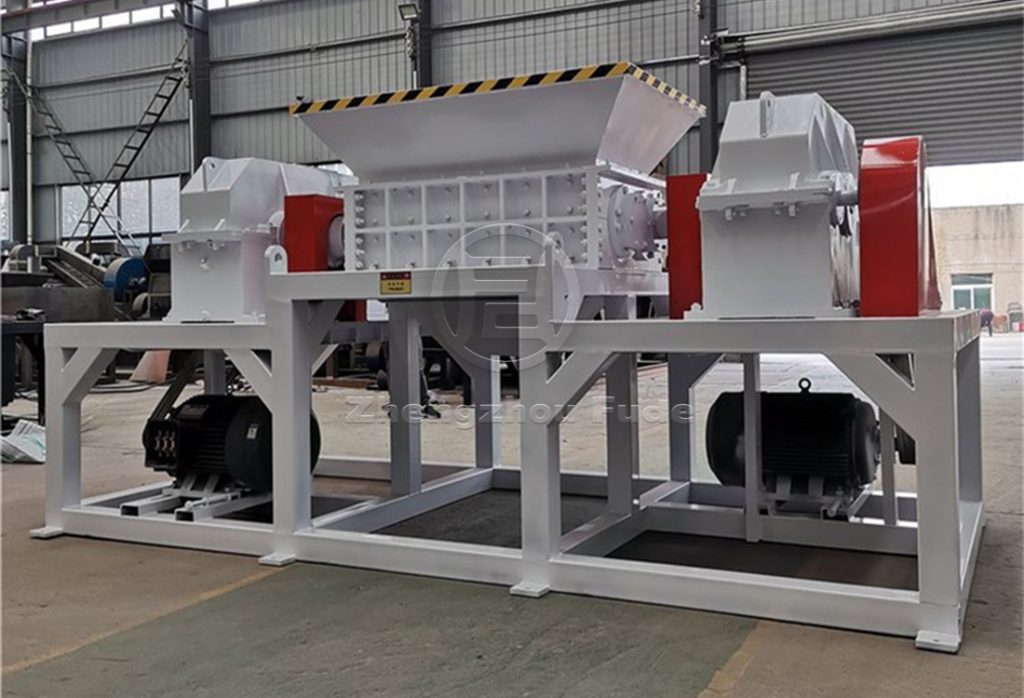Under what circumstances is the shredder used
276It has a wide range of applications in waste recycling, garbage disposal, industrial production, etc
View detailsSearch the whole station
This machine is a specialized equipment for crushing metal materials. It can break large or long materials into small pieces or powders, and is widely used in industries such as scrap metal recycling, metallurgy, mining, and dismantling. The working principle of this shredder is relatively simple but efficient. The following is its detailed working process:

It has a wide range of applications in waste recycling, garbage disposal, industrial production, etc
View detailsThe shredder has a wide range of application prospects in the field of scrap metal recycling and processing
View detailsMetal shredders are heavy-duty machines used to reduce the size of metal scrap and other materials through cutting and tearing. They are essential in recycling operations, helping to convert waste into reusable raw materials.
View detailsThe crocodile shearing machine is mainly used for cold cutting various shapes of steel and metal structures, and is one of the important equipment in the metal recycling and processing industry.
View detailsA metal shearing machine is a specialized metal processing equipment mainly used for cutting and trimming waste materials such as plates, pipes, and steel bars.
View detailsHow does the ultra-high compression ratio help you save amazing amounts on storage and transport costs?Beyond volume reduction, how does briquetting performance directly increase scrap value and selling price?How much potential loss can efficient ...
View detailsIntroductionBenefits of Industrial Paper ShreddersTop 6 Industrial Paper Shredders1. Multi-Functional Plastic Crusher2. High-Volume Cross-Cut Shredder3. Continuous Duty Industrial Shredder4. Heavy-Duty Strip-Cut Shredder5. Dual-Shaft Shredder6. Mo...
View details